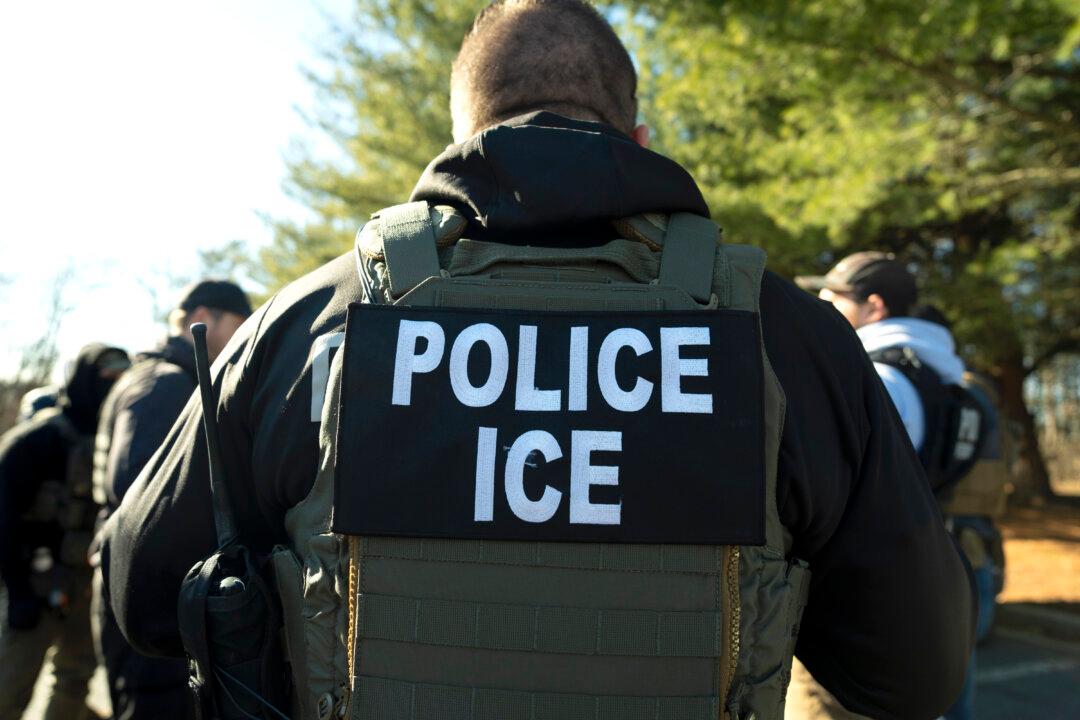NASA said India’s destruction of a satellite last week posed a threat to the International Space Station and the astronauts on board.
Last week, India intentionally destroyed one of its satellites with a missile, which, according to Prime Minister Narendra Modi, made India “a space power.”
NASA Administrator Jim Bridenstine said the test was a “terrible thing,” creating about 400 pieces of debris in the Earth’s orbit. He said the risk of the debris hitting the ISS has risen significantly.
“What we are tracking right now, objects big enough to track—we’re talking about 10 cm (4 inches) or bigger—about 60 pieces have been tracked,” he was quoted as saying.
Twenty-four pieces are traveling in orbit above the ISS. The satellite had been orbiting above the space station.
“That is a terrible, terrible thing to create an event that sends debris at an apogee that goes above the International Space Station,” Bridenstine added. “That kind of activity is not compatible with the future of human spaceflight.”
India’s Ministry of Foreign Affairs stated that the missile test was carried out in “the lower atmosphere to ensure that there is no space debris,” and “whatever debris that is generated will decay and fall back onto the Earth within weeks,” according to the network.
But Bridenstine added that it “is not acceptable for us to allow people to create orbital debris fields that put at risk our people,” as reported by Business Insider.
“We are charged with enabling more activities in space than we’ve ever seen before for the purpose of benefiting the human condition, whether it’s pharmaceuticals or printing human organs in 3-D to save lives here on Earth, or manufacturing capabilities in space that you’re not able to do in a gravity well,” he said, CNN reported. “All of those are placed at risk when these kind of events happen.”

NASA is tracking about 23,000 pieces of space debris that are larger than four inches.
Indian officials said the test was done in the lower atmosphere to ensure there are no pieces orbiting around the Earth.

Bridenstine this week added that a 2007 anti-satellite test carried out by China created a significant amount of debris, which is still in space, according to the Business Line.
“And we’re still dealing with it. We are still, we as a nation are responsible for doing space situational awareness and space traffic management, conjunction analysis for the entire world,” he said.





